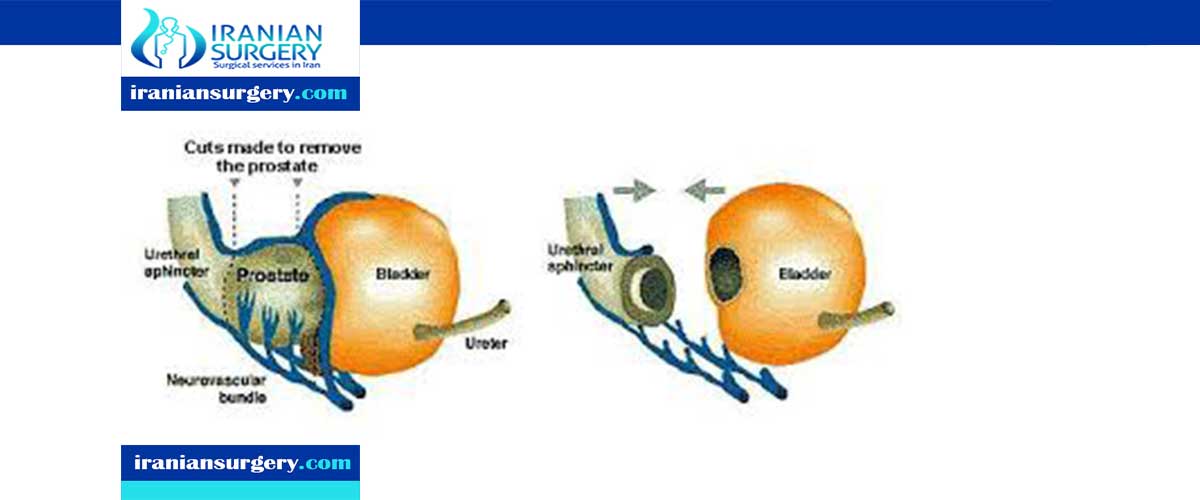transurethral resection of the prostate

transurethral resection of the prostate (turp) recovery time
after transurethral resection
After around 24 to 48 hours, the catheter will be removed to check if you can pass urine and are able to go home. It's normal to find urinating uncomfortable and difficult to control for at least a few days after the catheter is removed.
If you're still unable to pass urine, a catheter may need to be reinserted temporarily. You'll be able to go home with the catheter still in place, and an appointment will be made to remove it a few days or weeks later.
It's common to feel tired and under the weather for a week or two after having a TURP. Most men are up and about after this time, but you'll need to take things easy for up to 2 months.
For the first few weeks, you shouldn't lift or move any heavy objects (including shopping) or do any strenuous exercise. If possible, ask friends or family members if they can help around the house.
It usually takes between 3 and 6 weeks to fully recover from a TURP. Your surgeon or GP will advise you about when it's safe to return to your normal activities.
When you can return to work will largely depend on your job. For example, someone who works in an office may be able to return to work sooner than someone who does heavy manual work.
In most cases, you'll be advised to take around 3 or 4 weeks off work.
Some people reach this stage after about a week, while others may not be able to drive for a month or more.
10 common questions about transurethral resection of the prostate
[kkstarratings]


